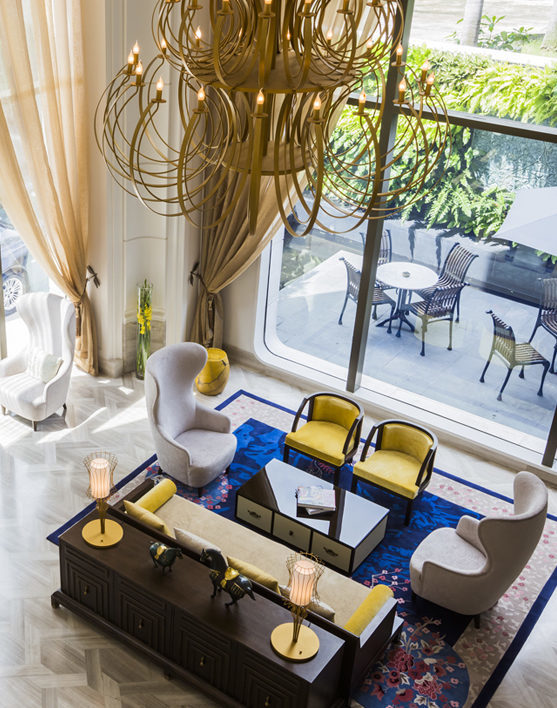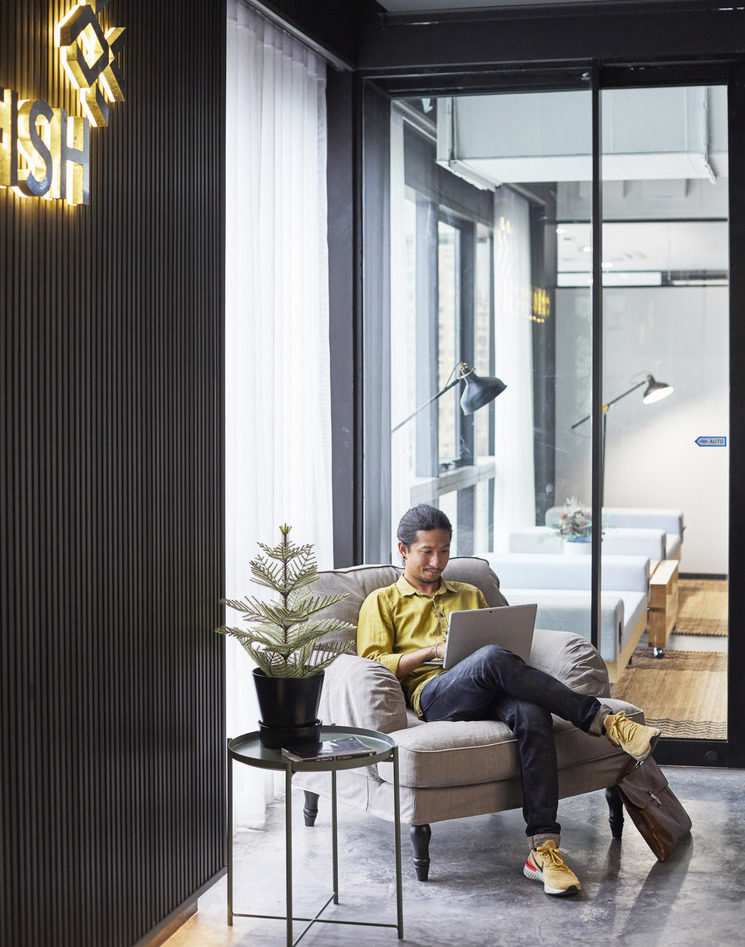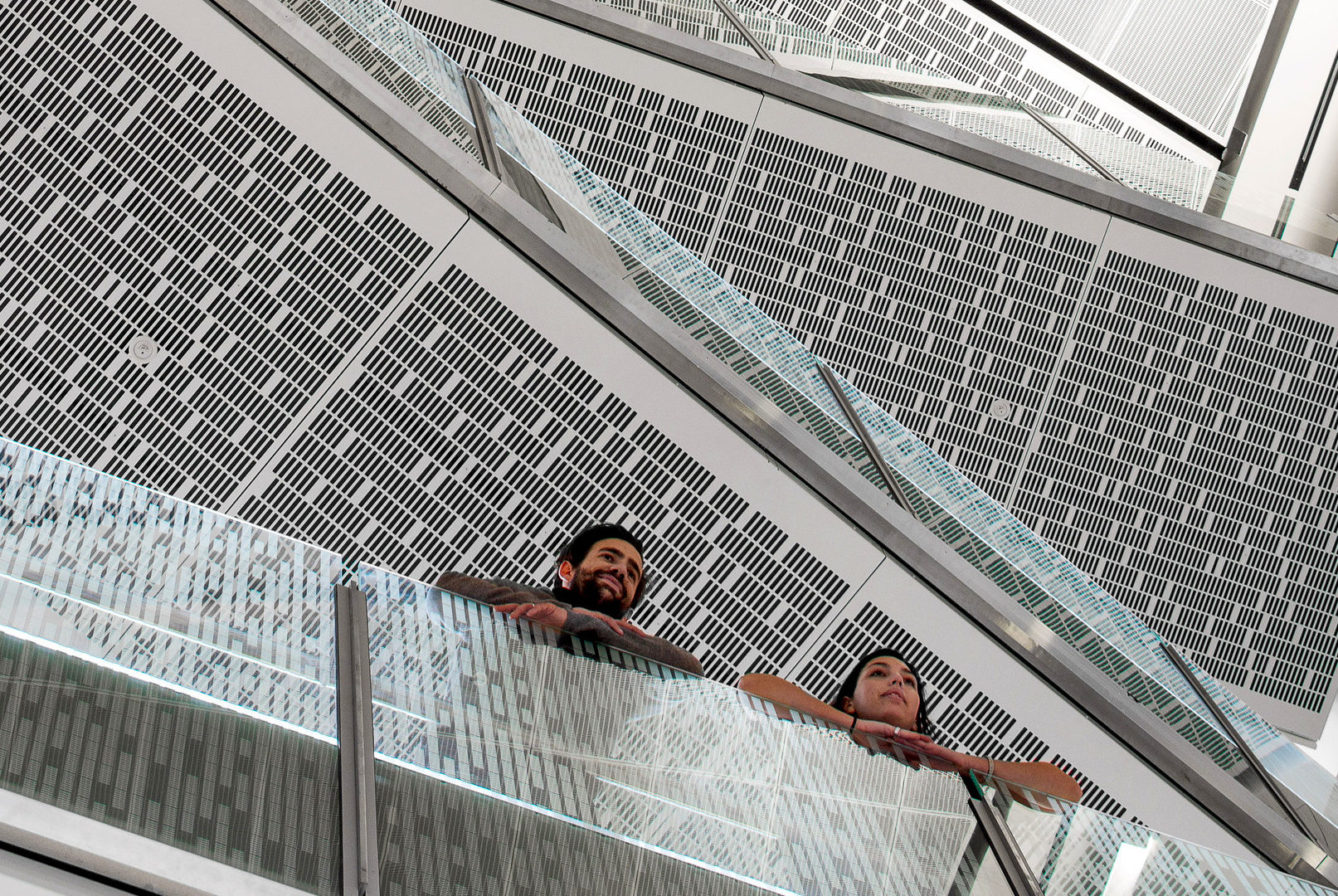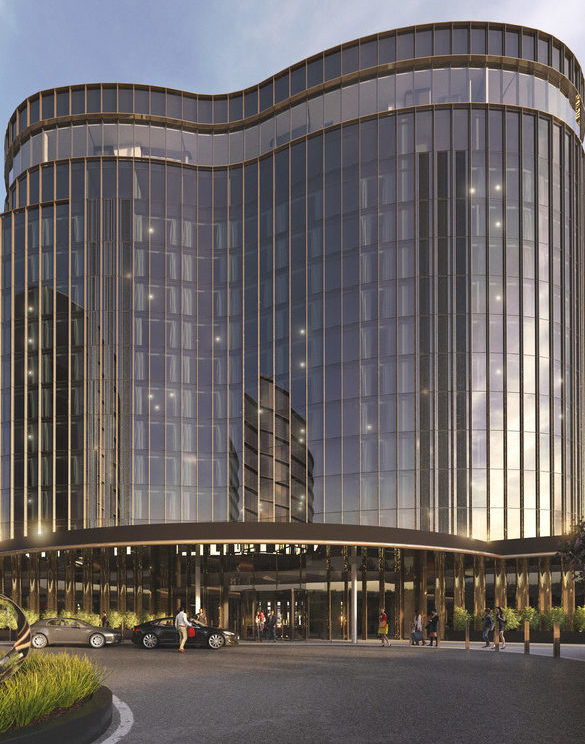BIM and the art of paperless design
In the history of architectural milestones there are a number of notable moments. Ziggurats in Mesopotamia was the first. Settling down from our hunter-gatherer wanderings, humanity began to farm. Presumably with bellies full of lamb shawarma and more time to muse by the fire, we also started to build. And so, with a mix of passion and mud based mortar, the history of architecture began. Aeons passed. There was Imhotep the original Egyptian architect. Ancient Greeks then chipped away at marble and strict rules of proportion. The Romans, on a roll of engineering genius revolutionised European architecture with arches, domes, vaults and concrete. In a narrative nutshell the rest, as they say, is history…
https://www.youtube.com/watch?v=PFCOUrLsJyo
Fast forward to the modern day. It is exciting to be a part of another architectural revolution in the form of Building Information Modelling.
Affectionately known as BIM. Initiated, inspired and powered, not only by Imhotep, but by the whole of the Internet, the Cloud and the social-media-mindset of information and content sharing. As a communication tool BIM is a (very) high-tech stick drawing in the sand: a way to share information for the construction of a building. The difference from a sketch – and it’s a big one – is that BIM is a database that allows everyone – from architects to engineers, builders, owners, suppliers, interior designers and landscape designers – onto the same stretch of sand (as it were). It is a tool that allows all the players to understand exactly the same thing from their own perspective.
Takrit Jirawudomchai, dwp’s Associate Director of Architecture and BIM says: “The way of thinking about design has not changed. The pen-and-paper approach to design has not changed either. It starts with an idea in your head. The question is how do we tell the design story to different audiences from different disciplines. When you draw for the client, for example, the contractor will not understand and vise versa. So BIM is a tool that transfers all the information to a central place that everyone can see and understand.”
A digital model shows on a computer, in perspective, how the final house will be. From the foundations, to the plumbing, electrics and final finishes. The contractors know exactly how to build that house and the owner knows how it will look. Even with all our sophistication the basic needs of humanity for shelter, our aspirations for beauty and safe shared spaces, have not changed since the Ziggurats. But simply put, BIM is the tool for a technological age that replaces thousands upon thousands of drawings and saves vast amounts of time and money. The Mesopotamians would be proud.
For more information on BIM and our other services, please contact the bimteam@dwp.com
Tags: Abu dhabi, Agile workspace, Archi, Architect, Architecture, Artist, Asia, Bangkok, Bar, BIM, Blog, Boutique, Business, Civic, Construction, Content, Creativity, Culture, Design, Designer, Digital, Digital technology, Digital transformation, Digitisation, Drink, Dubai, Education, Experience, F&B, Food, Future, Health, Hicap, Ho chi minh, Hospitality, Hotel, Hotel design, Information, Innovation, Interior, Interior design, Interior designer, Interview, Knowledge, Lebua, Lifestyle, Luxury, Luxury design, Luxury interior, Marriott, Profile, Residential, Restaurant, Saigon, Sky, Studio, Success, Sustainibility, Tech, Technology, Thailand, Trends, Video, Vietnam, W hotel, Women













